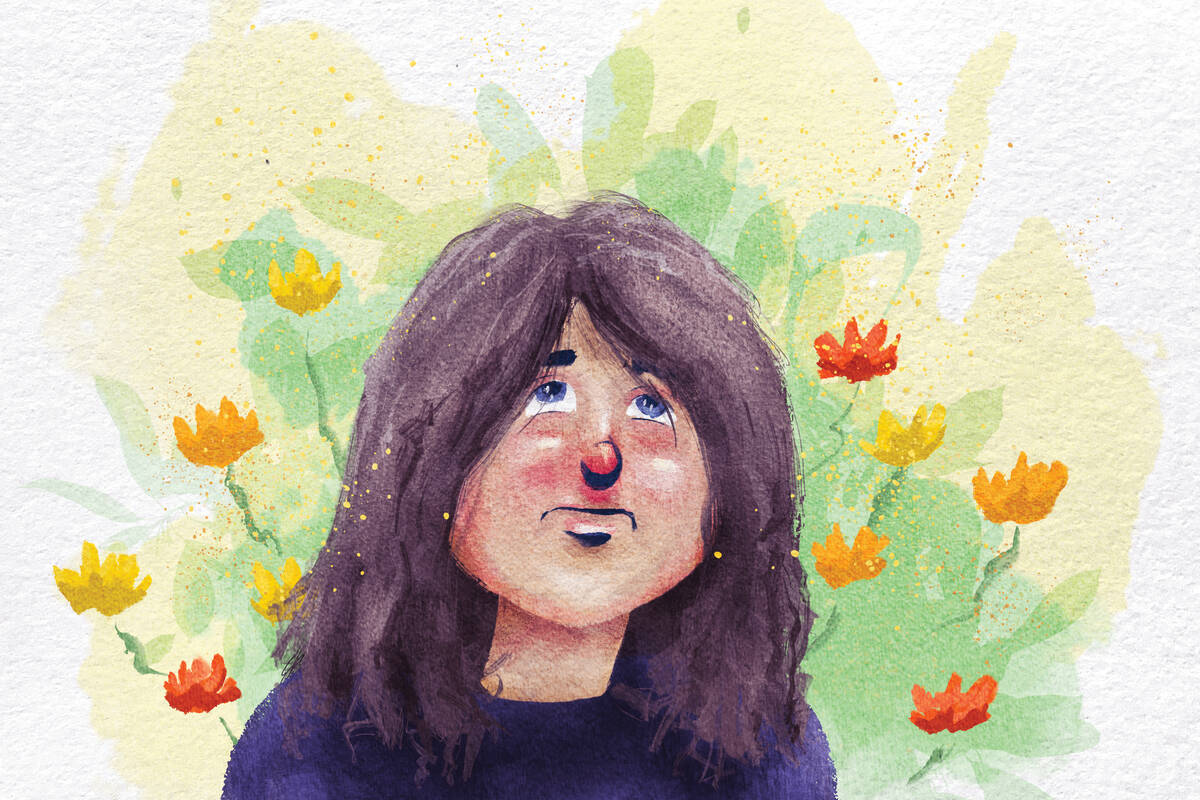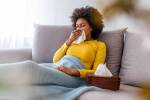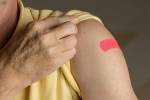How bad will Las Vegas’ allergy season be? Here’s what doctors expect
It doesn’t appear on the calendar. There are no shopping days devoted to it. No one even remotely looks forward to its arrival.
But for those afflicted by its wrath, allergy season is as real as any other time of year, bringing with it sneezes, runny noses and fatigue instead of glad tidings and good feelings.
The Asthma and Allergy Foundation of America estimates that 81 million people in the United States were diagnosed with seasonal allergic rhinitis — that is, seasonal allergies — in 2021.
“It’s a very common issue,” said Dr. David Glenn Weismiller, a professor in the department of family and community medicine at UNLV’s Kirk Kerkorian School of Medicine, who already this year has been seeing patients exhibiting the classic range of seasonal allergy symptoms.
‘A lot of discomfort’
For some, the traditional allergy season is only the start of their allergy-related woes.
“You could have seasonal allergies, which are usually springtime,” said Dr. Darlina Manthei, a family medicine physician with Touro University Nevada College of Osteopathic Medicine. “But there are also perennial allergies, which are all year long.”
Some newcomers to the valley are surprised that seasonal allergies would be a problem in Southern Nevada. But the desert environment presents its own issues, along with pollen-emitting vegetation and dust.
“I think the dryness on top of everything creates a lot of discomfort,” Weismiller said, while plants and trees used for landscaping here also contribute to the glut of allergens.
Allergy season in the valley typically begins early in the year and can extend into fall, said Dr. Manas Mandal, a professor at Roseman University of Health Sciences College of Pharmacy. The healthy amount of rainfall we’ve received recently and cooler temperatures should contribute to a busy allergy season.
“Lots of rain means plants get revitalized,” Mandal said. “It’s happening already, the first blooms of many shrubs.
“We have not seen the full brunt yet,” he added. “It’s about to begin. But with lots of rain in late fall, we’re likely this will be a superbloom year.”
When a peak will come is harder to guess, Mandal added, but he suspects a healthy allergy season extending from about mid-March through mid-May for grass and trees, then ragweed and grass pollen from June through August.
He also expects a lengthy season, because late October and even early November could see significant amounts of pollen and allergens.
Allergies represent the immune system’s response to being exposed to an allergen, be it tree or plant pollen or a pet’s fur. The body thinks of the allergen as “an invader,” Weismiller said, and it responds by releasing substances that cause the coughing, sneezing and itchy, watery eyes that are among the hallmark symptoms.
Why some people are plagued with allergies and others aren’t isn’t entirely clear. But allergies do tend to run in families, Mandal said, and those who have asthma also tend to be susceptible to allergies.
Treatment options
Most allergy sufferers at least begin by self-treating with over-the-counter medications. Oral antihistamines such as Claritin are one option. Mandal said others include steroid nasal sprays, which target not just the histamines released by the body but also inflammation.
Over-the-counter nasal steroids such as Flonase now can be considered “the first line of therapy,” Manthei added.
Check with your doctor to discuss the best option for you. Some former prescription drugs now are available over the counter, Weismiller said.
Another treatment option is immunotherapy, in which a small amount of specific allergens is administered over time, with the goal of desensitizing the patient to the allergen.
At a practical level, minimizing exposure to allergens can help. For example, keeping windows closed can reduce exposure to pollen, as can wearing a mask when outdoors, Mandal said.
Avoiding outdoor activities when pollen levels are high also helps, Manthei said. According to UNLV’s School of Public Health, pollen counts are highest in the evening during tree and grass pollen season in spring and summer, and they are highest in the morning during ragweed season in late summer and early fall.
Other measures include setting air conditioning to recirculate, washing your face and hands after being outside, changing clothing after pollen exposure and washing your hair before bed.
Some allergy sufferers find that running humidifiers at home provides relief. But it’s important to use distilled water and follow cleaning instructions to prevent bacterial growth.




























